Castle Bolton
OS grid reference:- SE 035 919
Castle Bolton, situated high up on the north side of stunning Wensleydale, takes its name from imposing Bolton Castle which overlooks over the attractive village green. The castle dates back to the fourteenth century and was built by Richard le Scrope, a soldier and statesman, who became Lord Chancellor under Richard II. It was here that the tragic Mary, Queen of Scots was imprisoned for six months in 1568, following her defeat by the Scottsh Protestant lords at the Battle of Langside.
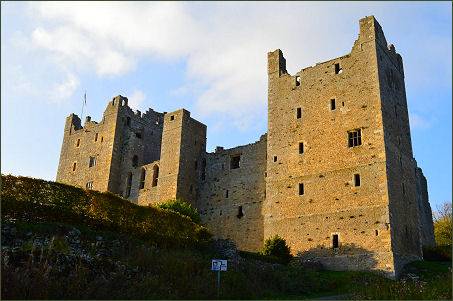
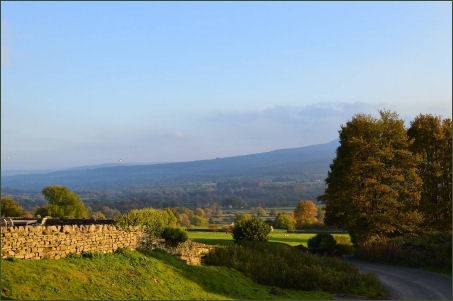
The origins of Castle Bolton are, like many Yorkshire Dales villages, obscure. Place name evidence suggests a possible date for the first settlement in Anglo-Saxon time. The village consists of one long street.
St Oswald's Church
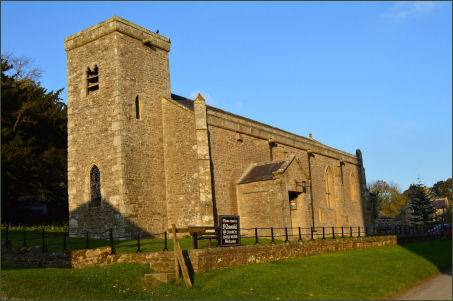
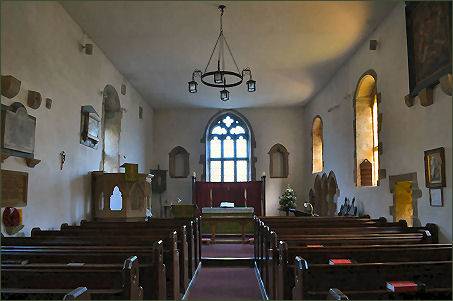
St Oswald's Church stands adjacent to the castle and dates to the early fourteenth century although carved stones built into the tower may indicate an earlier twelfth century structure. That the church was built before the castle is clear from the little sundial in the south wall, where the noonday sun can never reach it.
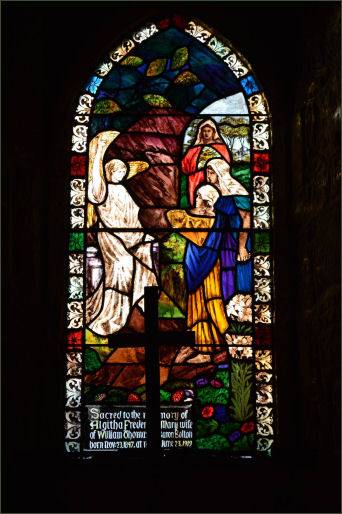
There is no division between the chancel and the nave but a beam, which once formed part of the old rood screen and can still be seen on the west wall of the tower. The sedilia (triple stone seats) are particularly interesting.
Images courtesy of Paul Johnson
Towns and Villages of Yorkshire
